20+ Years Experience
Specialist Business Insolvency Company

When trying to free up your business’s resources by liquidating its assets, one of the most important parts is maximising your return on assets for each item sold.
With proper preparation and strategy, the amount generated from the sale of liquidated assets can help you continue to build a better business.
We take a deep dive into solvent liquidation and discuss how you can maximise your return on assets.
From noting the factors influencing asset sale prices to learn about using oversight and finding the right liquidator for the job, we’ll explore what you need to know to ensure you are getting the most out of liquidating your business’s assets.
Solvent liquidation is legally dissolving a company and distributing any remaining assets to creditors and certain other parties.
It can be an effective means for recovering funds to pay off debt, but it does not necessarily result in maximum returns on assets.
Understanding the process and its associated risks are essential for any business considering liquidation.
In most cases, companies pursuing solvent liquidation do so with the understanding that unsecured creditors (including employees) will not be paid. The remaining assets are first used to pay off secured creditors who hold liens or mortgages on property owned by the company.
Depending on the nature of these assets, the residual value can be minimal or non-existent. Companies planning to engage in solvent liquidation must ensure they have taken all necessary steps to maximise their return on assets to minimise losses and protect their financial interests.
At the same time, however, some businesses fail to fully investigate other options before deciding to pursue solvent liquidation. This may lead to unawareness of alternatives that could be more financially beneficial in the long term. Companies should also consider potential tax implications when deciding how to approach liquidation.
Understanding all aspects of solvent liquidation is essential before making a decision that could have drastic consequences for a business’s bottom line, before exploring such possibilities further.
Solvent liquidation is determining a company’s assets, liabilities and debt and then selling them to decide how to divide the proceeds according to the priority of creditors and shareholders. Once this is done, it optimises the return on assets to redistribute the maximum wealth.
The solvent liquidation process has long been seen as a unique way of transforming a company’s assets into money by liquidating its value or using it in another business venture. This form of liquidation can help alleviate debts and maximise returns from tangible and intangible assets. Proponents argue that solvent liquidations allow companies to repurpose themselves and protect existing assets from liquidation by less productive creditors.
On the other hand, some argue that solvent liquidation does not always guarantee an optimal return on assets and may not provide the desired outcome regarding debt payments or reorganisation. Thus, it is important to carefully analyse the pros and cons before making any decisions.
When appropriately executed, solvent liquidations can represent an orderly process of dissolving a company that protects creditors and shareholders. As such, it is important to understand how this tool works to maximise return on assets while also considering other relevant factors.
The solvent liquidation process is necessary to maximise the return on assets for any company.
It involves collecting, organising, and converting the company’s physical, financial, and intellectual property into cash or other liquid assets. An experienced liquidation firm will take control of all operations, including asset identification, review of legal documents, debt restructuring, collection and cash management, interpretation of accounting records, business valuations, and eventual sale or monetization of all assets.
The key to success in solvent liquidation lies in the preparation. Companies must be prepared to identify their most important assets from the very beginning.
By having accurate records and up-to-date market information on those assets, they can better understand their values and have a realistic assessment of what to expect upon completion of the liquidation process. The company must also understand their contracts and obligations to creditors, investors, lenders, and suppliers.
Another crucial component is a plan of action that maximises the value of their assets while protecting the best interests of shareholders and creditors. This means utilising all available avenues for disposing or recovering assets such as sales to vendors or third parties, auctions or consignment sales, structured sales through intermediaries such as investment bankers and brokers, and granting options or licences to third parties that they may not have previously considered.
Stakeholders should remember that a successful liquidation requires significant knowledge and professional resources only available from an experienced firm.
With the right due diligence upfront and strong coordination during managing activities throughout this often complex process, solvency can be attained with minimal disruption to stakeholders involved in the project.
With careful consideration given to preparation before launching a solvent liquidation process; strategic planning for how best to collect, convert and realise returns on goods owned by a company; and enlisting experienced professionals when needed– companies can ensure that all assets are recovered in full with maximum return.
One of the critical steps in solvent liquidation is identifying and gathering all of the company’s assets.
This process involves locating and cataloguing each asset, including tangible items such as furniture, machinery, and computer equipment and intangible items like copyrights, trademarks, website domains, patents, and intellectual property. Collecting the assets additionally involves appraising the items to determine their value.
A common debate that arises during this stage of the liquidation process is whether to utilise an outside asset manager or to conduct the inventory internally. Engaging an asset manager would require a fee but could potentially streamline the gathering process. Proponents of utilising a third-party asset manager argue that an experienced professional would be more adept at uncovering any hidden assets that insiders may have missed. On the other hand, some would push against incurring extra costs in what may already be a costly venture for the company and suggest pursuing an internal collection approach. Hiring a knowledgeable internal staff member that can accurately identify and assess all assets is key when opting for in-house liquidation efforts.
Whichever direction a company chooses to take when gathering its assets, it is essential to ensure all items are adequately accounted for before moving on to the next stage in the solvent liquidation process. With all assets collected and appraised, the liquidator can now turn to the responsibility of auctioning off the assets and maximising return on investments – which will be discussed in the following section.
The primary duty of a liquidator is to ensure that all claims are paid in the correct order and that funds are distributed validly.
Different responsibilities depend on the type of company being liquidated. When dealing with solvent liquidations, one of the main duties is to gain control of the assets and manage them so that creditors maximise their return on assets. This includes ensuring that any liabilities are paid off and then distributing the balance of money to representatives of shareholders.
When choosing a liquidator, it is important to appoint an experienced one capable of undertaking all required tasks, including determining the value of assets, maintaining accurate records, notifying creditors and shareholders, collecting receivables and paying liabilities.
Companies must also ensure their liquidator understands and adheres to relevant rules or regulations laid down by statutory bodies, like HMRC.
Another key responsibility for the liquidator is preparing documents as part of the statutory formalities which need to be followed during winding up. These documents typically include final accounts, reports confirming solvency status and other documents relating to the winding-up process.
Finally, the liquidator must consider alternative options before deciding how to dispose of assets and minimise taxes where possible. They must always remain impartial and act only in the best interests of creditors and shareholders.
The liquidator’s duties can be complex, but with careful planning and experience, companies can maximise their return on assets in a solvent liquidation procedure. With this in mind, it is crucial for companies choosing a liquidator to ensure they select an experienced individual who meets these needs effectively.
When a company is liquidated, creditors and shareholders may file distribution claims against the company’s assets. Generally, creditors have priority over shareholders in terms of the claims they make against a company’s remaining assets. Creditors may include bondholders, banks and other entities that have extended credit to the company, as well as suppliers and external contractual service providers whose legal claims are secured by the assets of the business. Shareholders may also lodge claims against the remaining assets of the insolvent company based on their ownership rights in the entity.
Creditors may argue that shareholders should not be compensated for any losses because their initial investment was of higher risk than that provided by debt instruments or other types of secured credit. As such, creditors believe that they should receive higher preference with regards to their claims against the insolvent company’s assets. On the other hand, shareholders may argue that they were also stakeholders in the business and had invested their money into it with an expectation of returns. Therefore, it would be unfair if they were denied compensation entirely or received a fraction of what could be expected from a successful venture.
It is important for corporations to assess both sides of this debate in order to achieve a fair outcome wherein creditors can receive adequate compensation while leaving some of the residual value available to shareholders who share in the risks associated with investing in a business that fails. By doing so, solvency liquidators can help ensure greater overall return on assets for all parties involved in an insolvency process.
Following careful consideration of these competing interests, liquidators must then shift their focus towards evaluating an insolvent company’s obligations regarding various existing contracts and agreements in order to gain insight into how much value can be extracted from its remaining assets.
When a company is insolvent, meaning it no longer has the ability to meet its financial obligations, their requirements and duties become more complex. It is important for the directors of an insolvent company to recognise their obligations to creditors, employees, and other stakeholders, in order to maximise their return on assets and take appropriate action.
There are obligations that must be kept even while attempting to restructure the business or proceed through a formal insolvency process. First, it is required for directors of an insolvent company to pay HMRC taxes and other social security contributions. Furthermore, any money owed to creditors needs to be repaid as much as possible; this includes wages and monies owed to suppliers and other business partners that have provided goods or services for which payment was agreed upon but not met. Directors must also consider all potential legal liabilities before making decisions over how money should be used. If certain costs aren’t necessary for the survival of the business then they should not be taking precedence over creditor payments.
On the other hand, some argue that creditors who will benefit from a liquidation may put pressure on directors to ignore their other larger responsibilities in order to prioritise repayment of past debt. These companies may already owe more than they can ever hope to pay back, and if that is known up front then directors may choose to direct resources in a manner that maximises the return for current stakeholders instead of lingering creditors. While this is understandable, it does create tension between those with interest in the current situation and those whose interests haven’t been paid off from past transactions.
By understanding their obligations as directors of an insolvent company, executives can ensure optimal value allocation in order maximise returns on assets while both honouring contracts & socially responsible practises regarding employee responsibilities & stakeholder expectations.
Avoiding liquidation may be an unideal but necessary option for some businesses. To do so, a business must understand their expenses, have good cash flow management, and access the right resources.
The most important first step when avoiding liquidation is to count costs. Using a budgeting tool such as capital expenditure, operating models or break-even analysis is essential to measure the affordability of needed investments and inform business decisions. Developing a financial contingency plan can also reduce the risk of closure resulting from unexpected events.
The second step is to ensure consistent and positive cash flow management. Accurately forecasting cash flows is fundamental to the success and longevity of a business. Therefore, it is important to forecast and understand how buyers will pay, calculate profits, review stock levels and track changes in inventory while creating routines that align with best practises. Businesses should also look into outsourcing as another cost-saving measure if they find themselves underfunded or overstaffed in certain departments.
Additional support and resources must be accessed when trying to avoid liquidation including obtaining advice on legal matters, investment opportunities or marketing initiatives that can increase customer acquisition or sales growth. Accessing funding sources such as corporate bonds or venture capitalists where appropriate can also assist with positive cash flow or infrastructure acquisition when needed.
By proactively assessing costs, managing cash flows carefully and accessing the right resources, businesses can take steps towards avoiding liquidation even when faced with obstacles along the way.
The process of liquidating an insolvent company requires careful consideration. Liquidation enables its creditors and shareholders to receive an equitable distribution of the available assets, allowing for the fair repayment of outstanding debt. However, the legal and financial process can be complicated, expensive, and emotionally draining. Therefore, it is important to thoroughly research various options and seek professional advice when liquidating a business.
When considering solvent liquidation, it is important to understand the benefits and drawbacks associated with this option. For example, no court processes must be followed, like in bankruptcy or other insolvency proceedings. Additionally, Shareholders may receive a higher return than they would with other methods due to decreased fees associated with the process.
On the downside, valuing assets in a solvent liquidation situation can be difficult as there is no market for distressed businesses. Also, some assets cannot be sold quickly without incurring large discount rates, and potential buyers may not pay close attention to potential liabilities on the balance sheet.
Solvent liquidation can offer valuable financial benefits for businesses seeking to downsize or close their operations. When done properly, creditors can receive timely payments while shareholders may maximise investment returns.
Exploring how this option would work for your business circumstances is advisable before taking action.
The parties involved in solvent liquidation are typically business owners, creditors, and liquidators. The business owner is the person who decides to close the company and dissolve its assets. Creditors are entities that are owed money by the business, such as banks, suppliers, and employees.
Lastly, a liquidator is an independent third party responsible for evaluating the value of the company’s assets, selling those assets at fair market value, and distributing proceeds to creditors by the law.
The common issues associated with solvent liquidation are the complexity surrounding the process, the potential for mismanagement of assets, and tax implications.
When liquidating assets under a solvent scenario, it’s important to understand that multiple stakeholders may have a claim on key assets within the company. Sorting out these claims can cause significant delays resulting from protracted negotiations. It is important to monitor all legal and contract frameworks for an experienced professional to avoid complications or costly missteps.
Much of the success of solvent liquidation comes down to proper asset management. Without appropriate oversight, distributed assets may not be properly accounted for or monetized fully in the dissolution process.
A savvy liquidators should work with their expert advisors to ensure all feasible returns are sought at every stage to maximise value creation.
Finally, tax considerations are a critical component of any solvent liquidation. Different forms of taxes can come into play when liquidating an organisation, including capital gains, corporate income taxes, and entity-level taxes. An experienced financial advisor must be consulted to guide minimising tax liability while securing maximum investment returns.
The steps involved in solvent liquidation can be broken down into four main components:
Overall, solvent liquidation helps maximise returns on assets when a business cannot continue operations due to financial problems or other internal issues. By following these steps carefully and thoroughly, a company can maximise its return on assets and create more positive outcomes for customers, creditors, and shareholders.
We carry out Solvent Liquidation in all the following areas.
Here are some other informative articles about business debt in the UK:

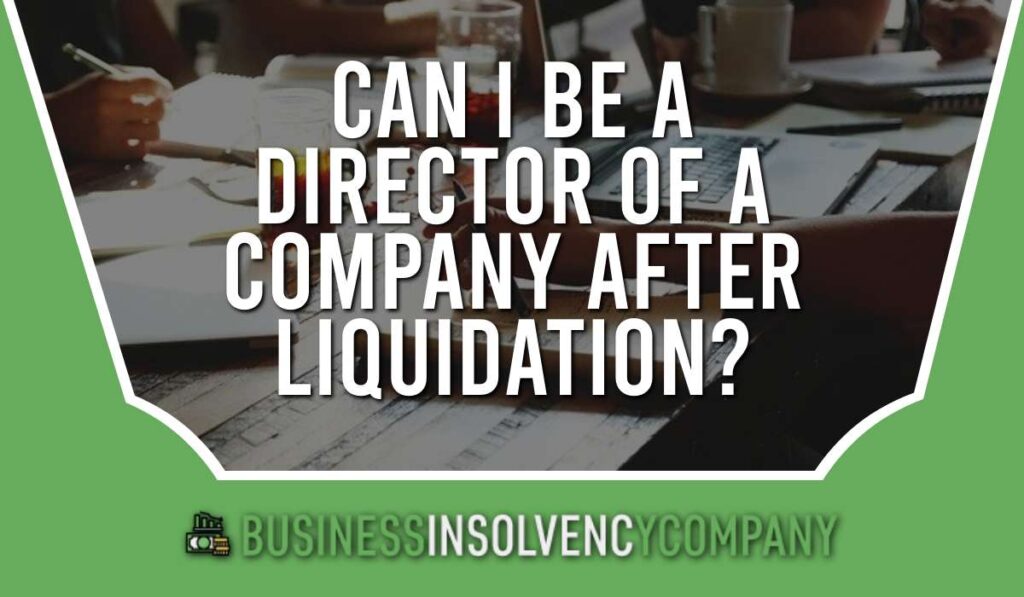


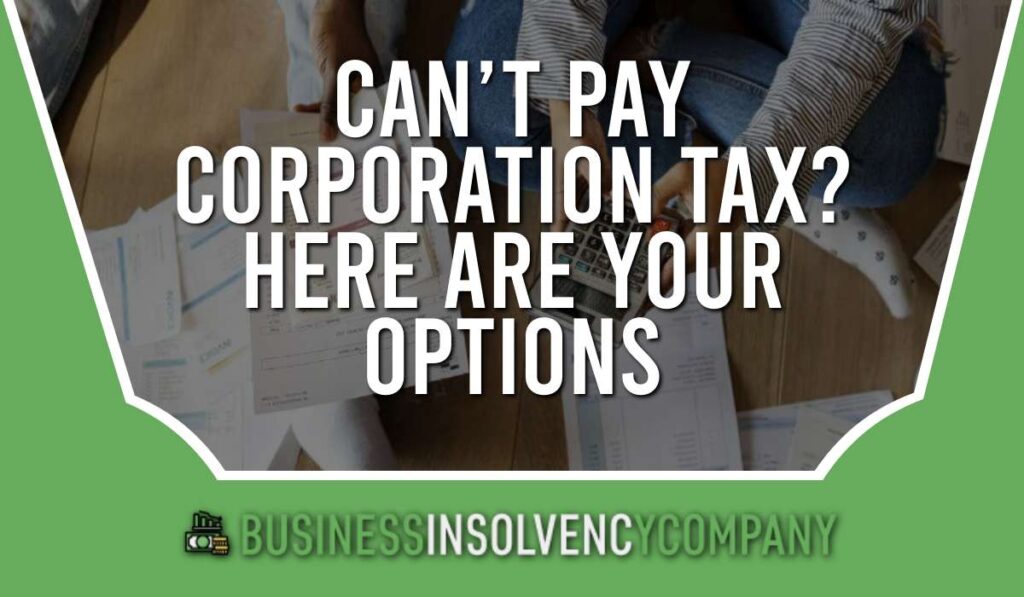
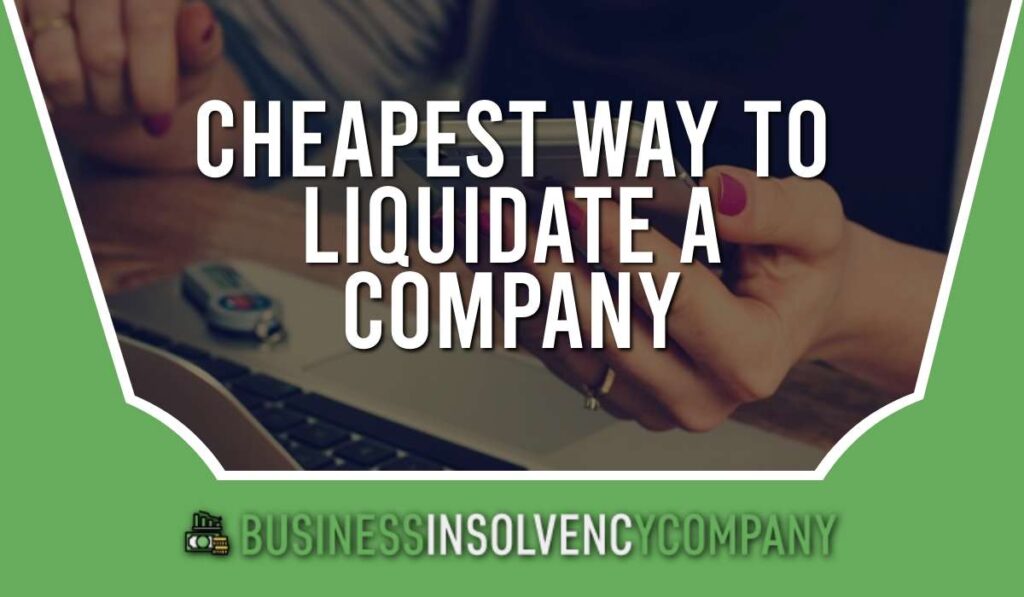
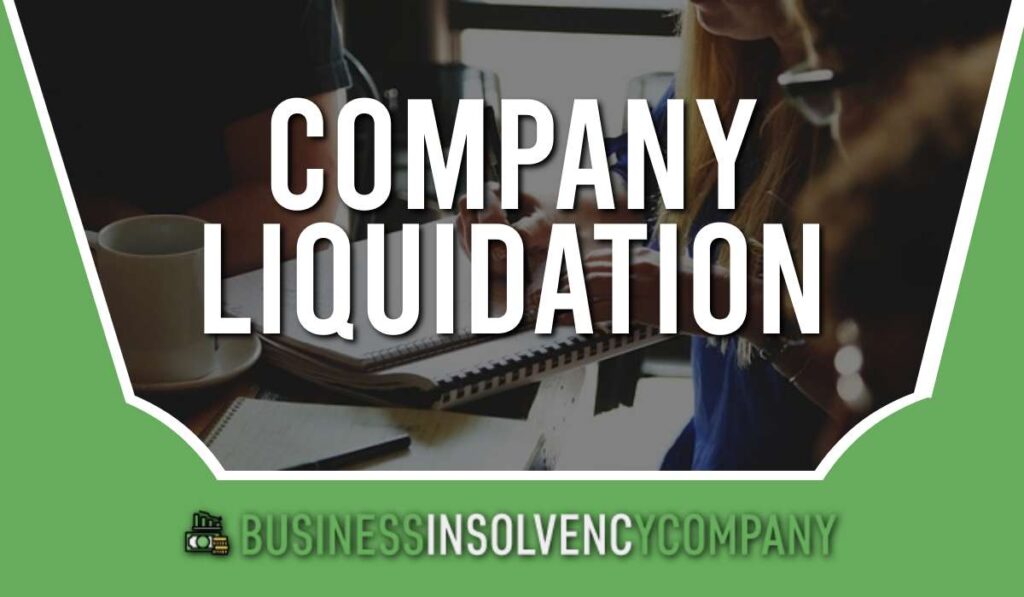
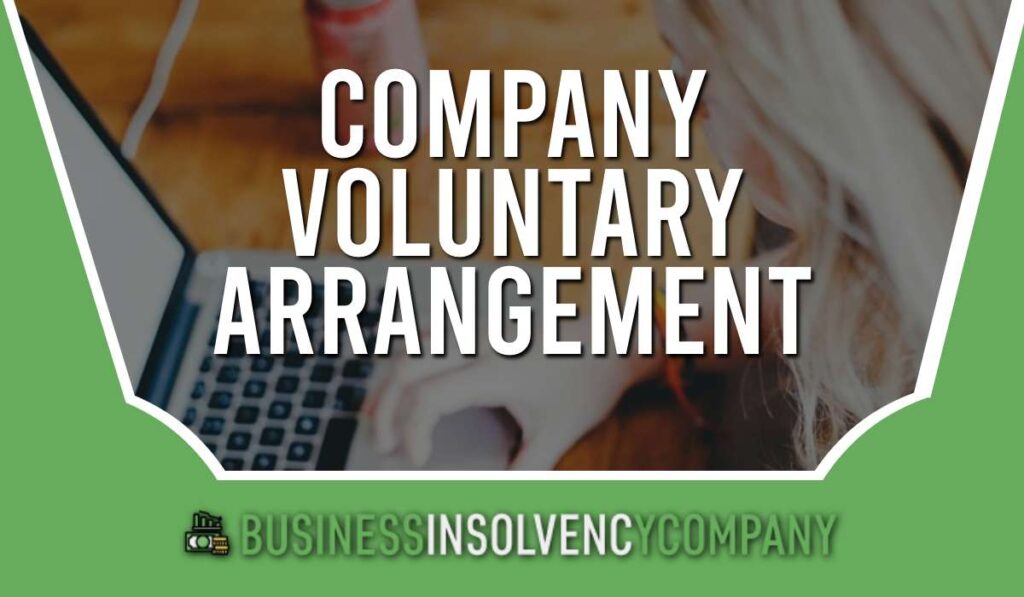

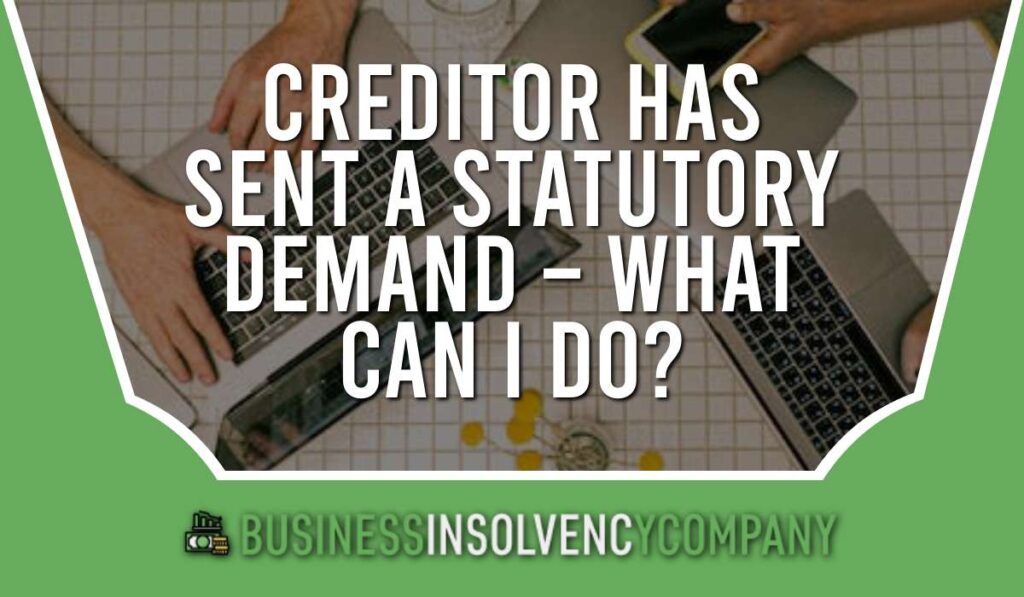
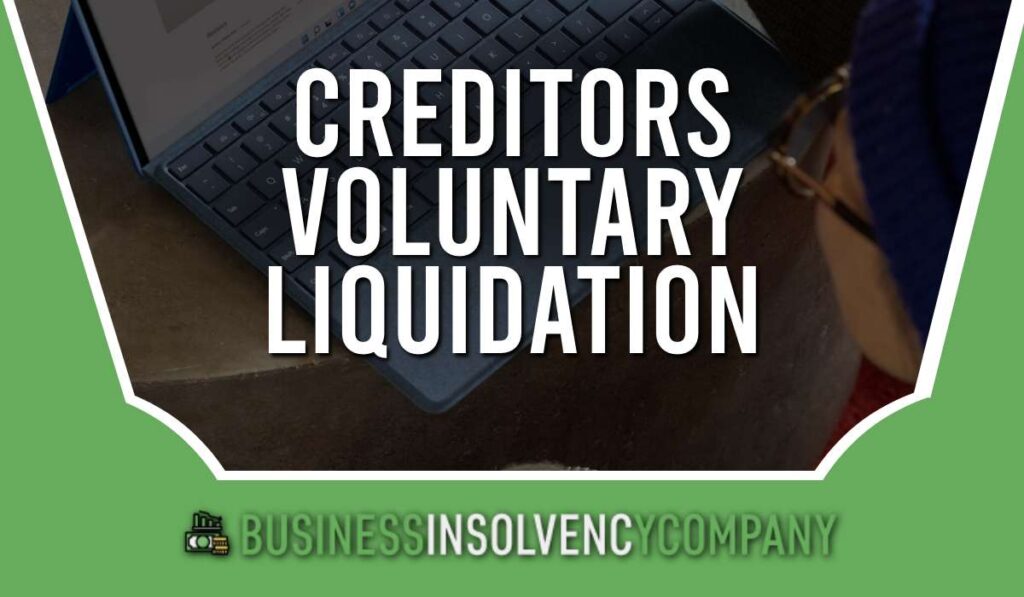
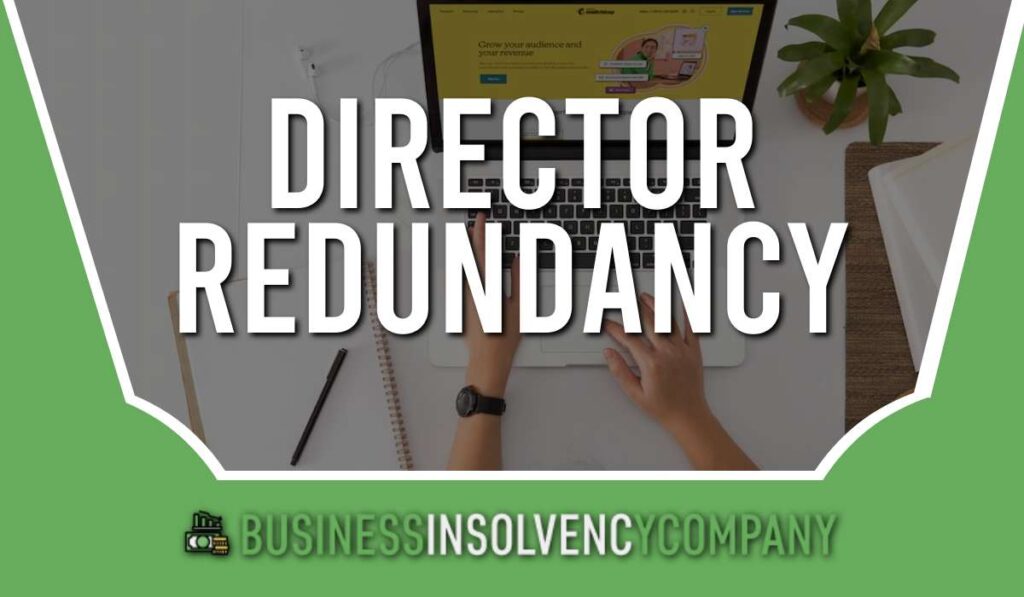

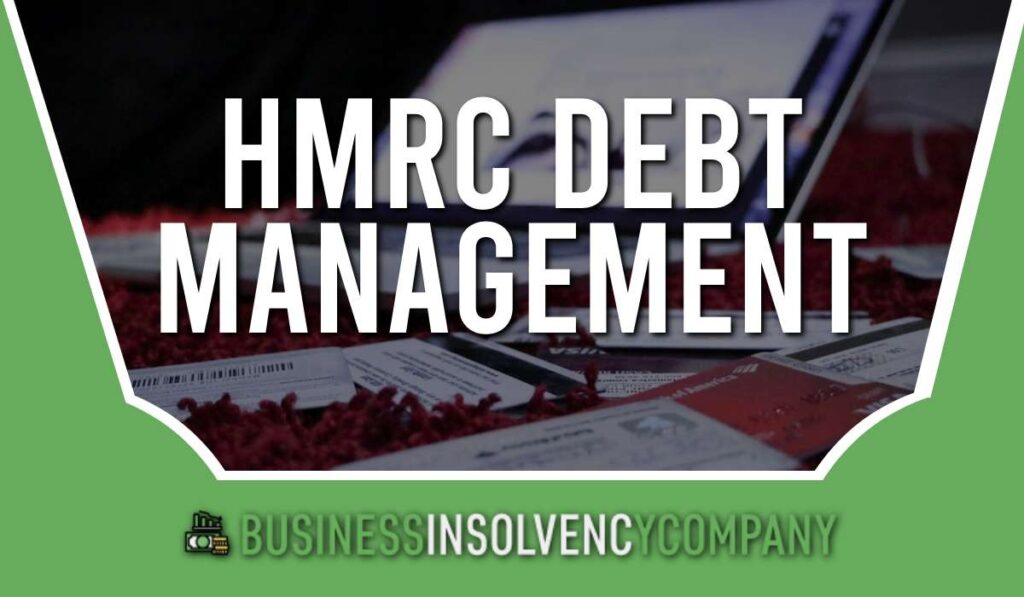

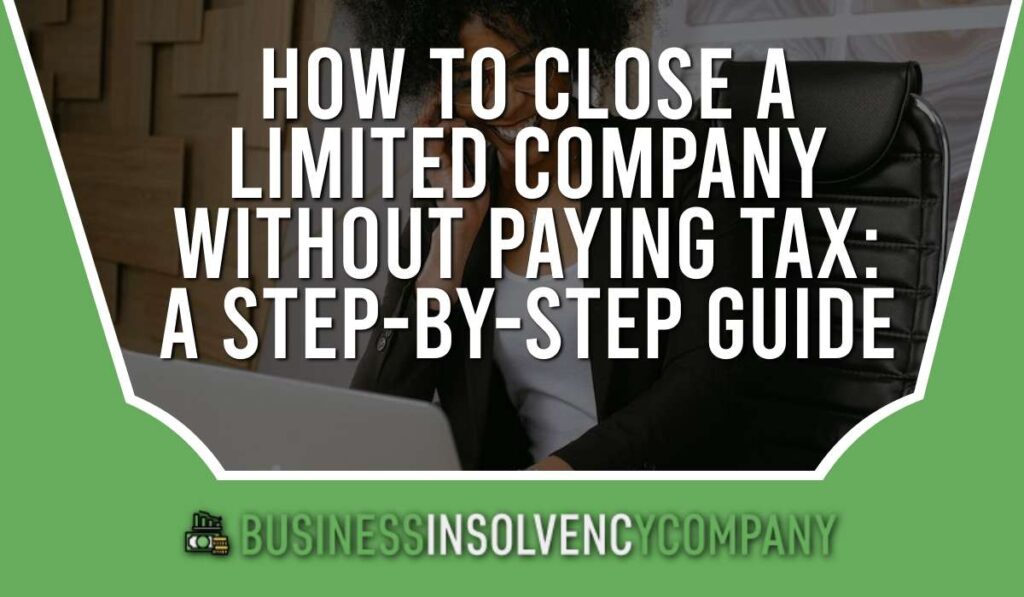
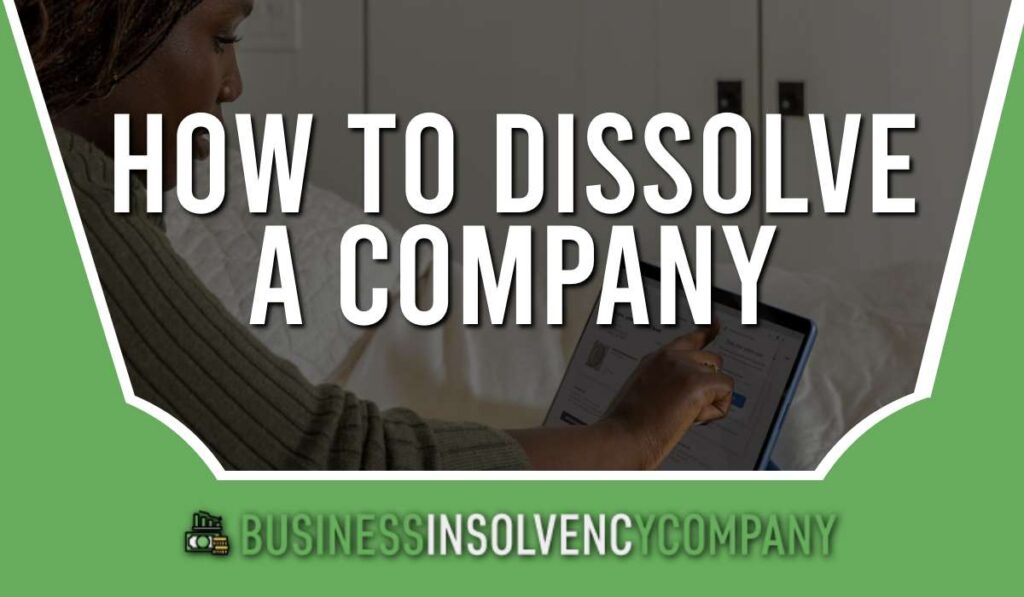



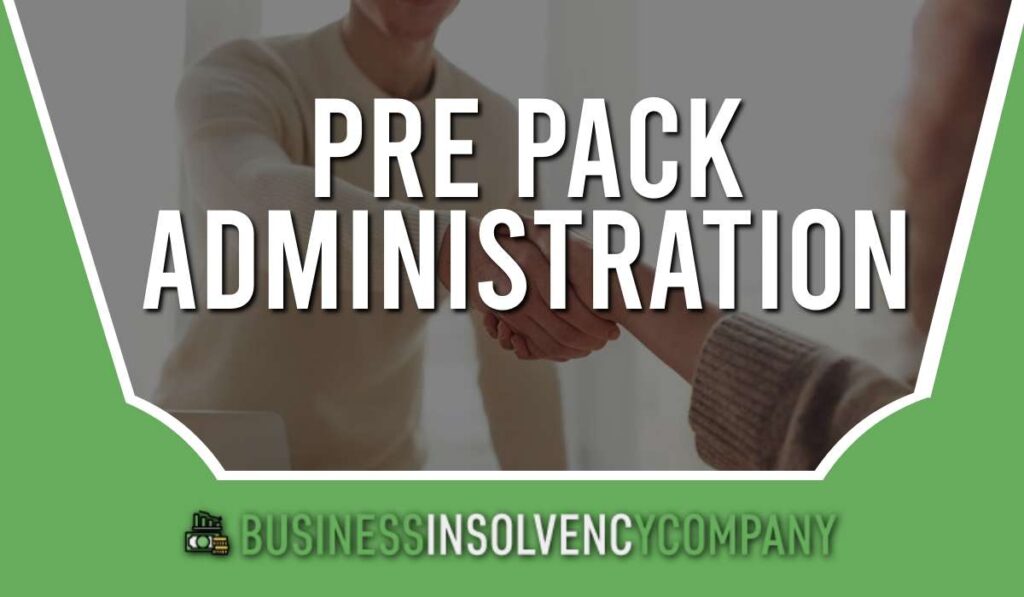





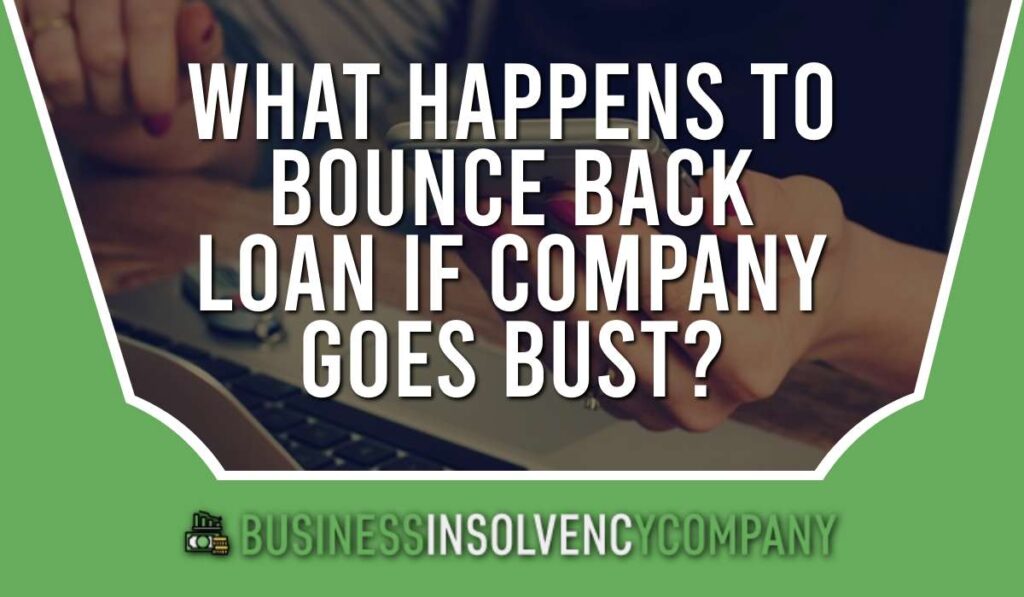
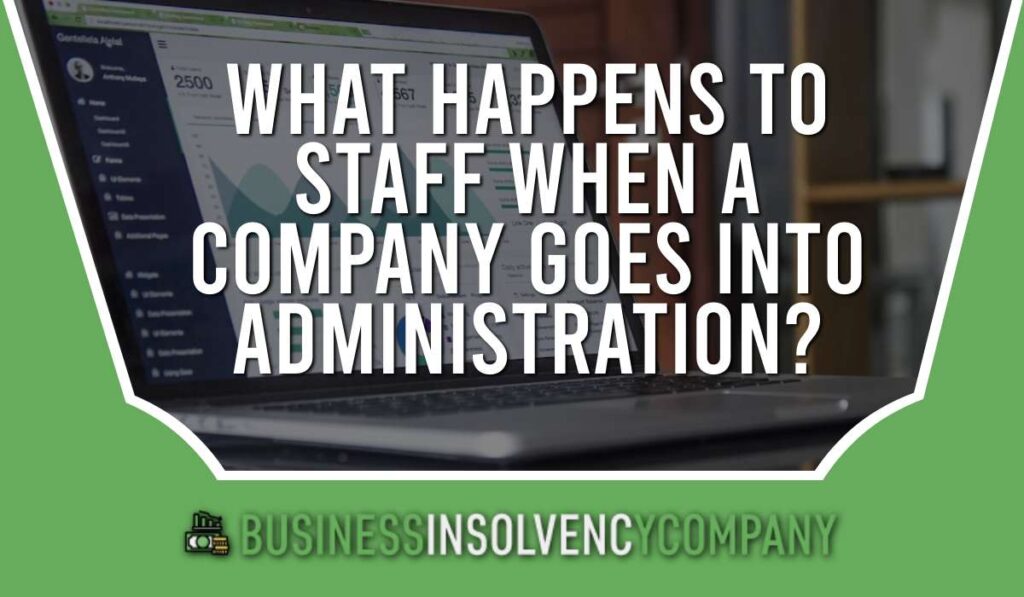

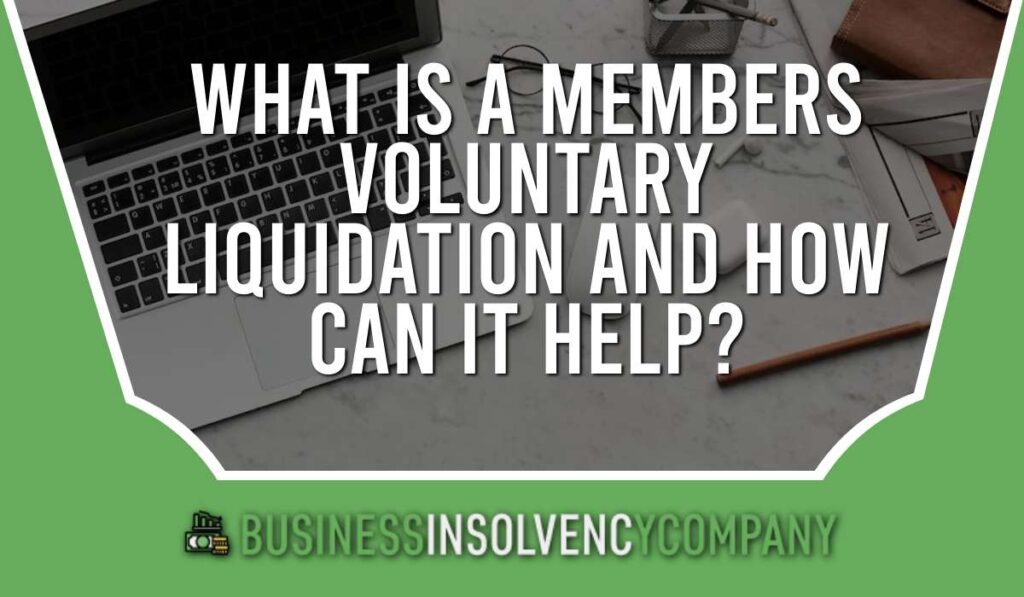

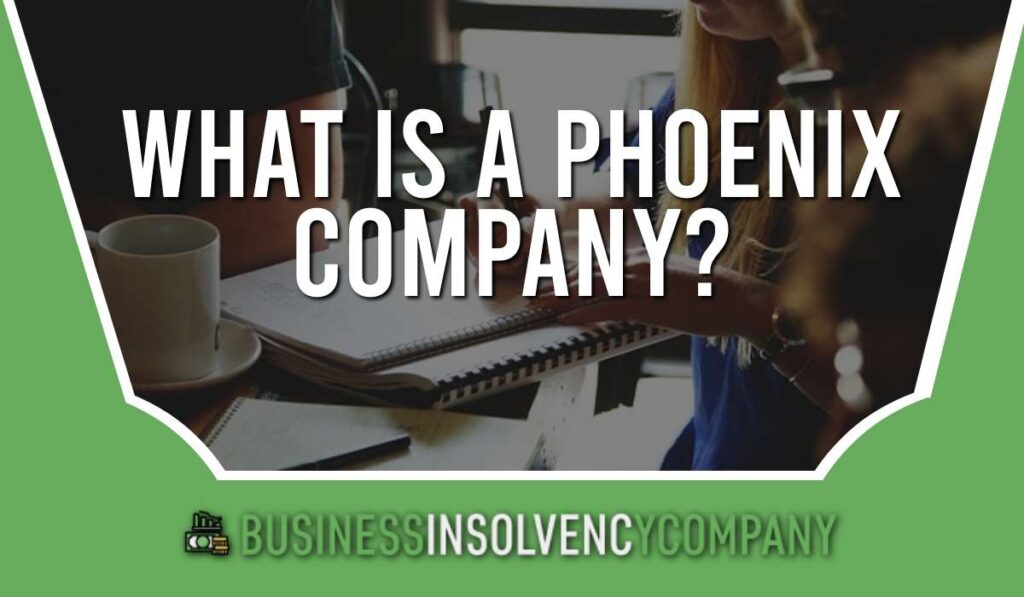

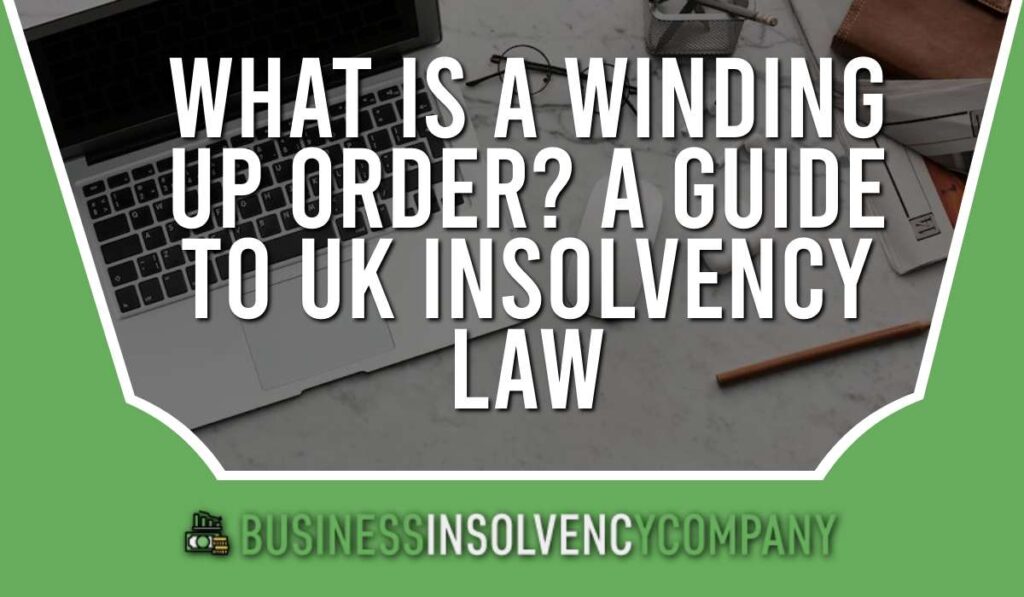




We Aim To Reply To All Enquiries With-in 24-Hours